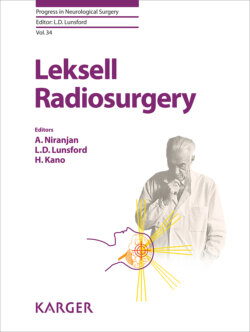Читать книгу Leksell Radiosurgery - Группа авторов - Страница 68
На сайте Литреса книга снята с продажи.
Abstract
ОглавлениеAn electronic registry is essential for the evaluation of quality of data collection and the clinical outcome related to any medical procedure. At our institution, we developed a new comprehensive electronic quality assurance registry for Gamma Knife radiosurgery. A task force comprising of physicians, regulatory, legal, and information technology (IT) experts was created to define nomenclature, regulatory requirements, hosting site, and the capabilities of the proposed system. A team of physicians and IT experts defined the clinical parameters and designed the query functions for the registry. In order to facilitate subsequent query functions (analytics) data entry was created for three main categories: brain tumors, vascular malformations, and functional disorders. A Microsoft SQL-based database infrastructure was employed. This simplified and user-friendly registry offers clinicians the opportunity to evaluate their own results, contribute to multicenter evidence-based outcome analyses, and participate in national registries.
© 2019 S. Karger AG, Basel
Since the introduction of Gamma Knife (GK) radiosurgery into the USA in 1987, the UPMC Center for Image Guided Neurosurgery (CIGNS) has stored both hard copy patient care and imaging records of all patients, as well as maintaining a prospective electronic patient registry [1]. This tool was critical to tracking trends in management as well as for improving the quality of patient care. In addition, we had a dedicated medical records space which was designed to facilitate record storage and clinical research. We recently developed a new quality assurance (QA) registry that now contains data on 15,300 patients treated during the past 31 years.
